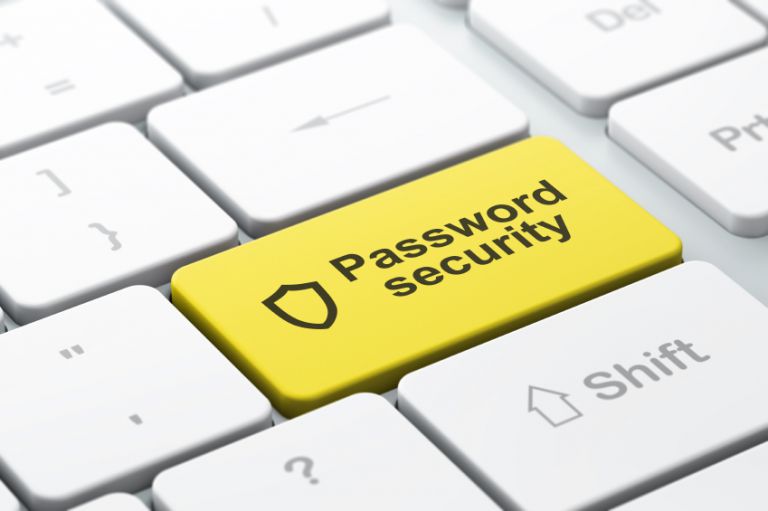Keeping It Safe

Let’s be honest. Passwords can be irritating especially in the cyber world that we live in, where everything revolves around the internet and a password is required for practically every move you make. Whether it is Facebook, Amazon or your personal email, passwords are the first line of defense we have against hackers or as I like to call them “the cyber bad guys”. Hackers’ favorite way to gain unauthorized access to possibly anything online is by exploiting weak passwords. A hacker can cause an enormous amount of damage if they gain access to your password. They can hack your business website, obtain credit card information, or even use your personal information to apply for a bank loan. The damage they can cause is immeasurable and many people are not aware of how important it is to have a strong and complex password.
Fortunately, it isn’t very hard to a make a strong password. In this month’s blog we will explain what makes a password strong and what to avoid when creating a password.
To make a password strong you must follow these tips:
- Use a minimum of 8 characters
- Use a combination of upper case letters and lower case letters
- Use one or more numbers
- Use at least one or more special characters, such as $, &, or %
- Enable two step verification (also referred to as two-factor authentication) when available
When creating a password here is what you should avoid outright:
- Family or pet names
- Words from the dictionary
- Previously employed passwords, or any variations of them
- Common character sequences such as “1234” or “car2016”
- Personal details such as, your license plate number, social insurance number, or birthdates
With these tips at hand you should be able to create safe passwords. It is important to remember that you should never write any of your passwords down, share them with anyone, or use the same password across different channels. It is also important to change your password periodically, especially if the information you are protecting is very meaningful. When changing the password, remember not to fall into the habit of just modifying one character, but change the complete password.
Last but not least, it is good to use a password manager that can help you manage your passwords in a secure way. There are a couple of free password managers out there, but one of my favorites is Keepass password manager. This password manager puts all your passwords in one database, which is locked with one master key or a key file. It also is available to use on mobile devices. So at the end of the day, all you have to remember is one single (strong!) master password to access your password list.


Sorry, the comment form is closed at this time.